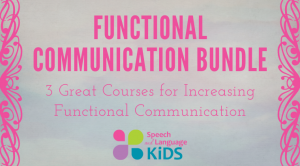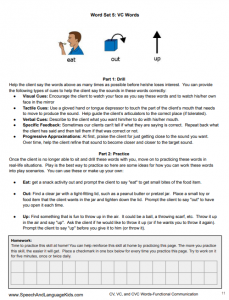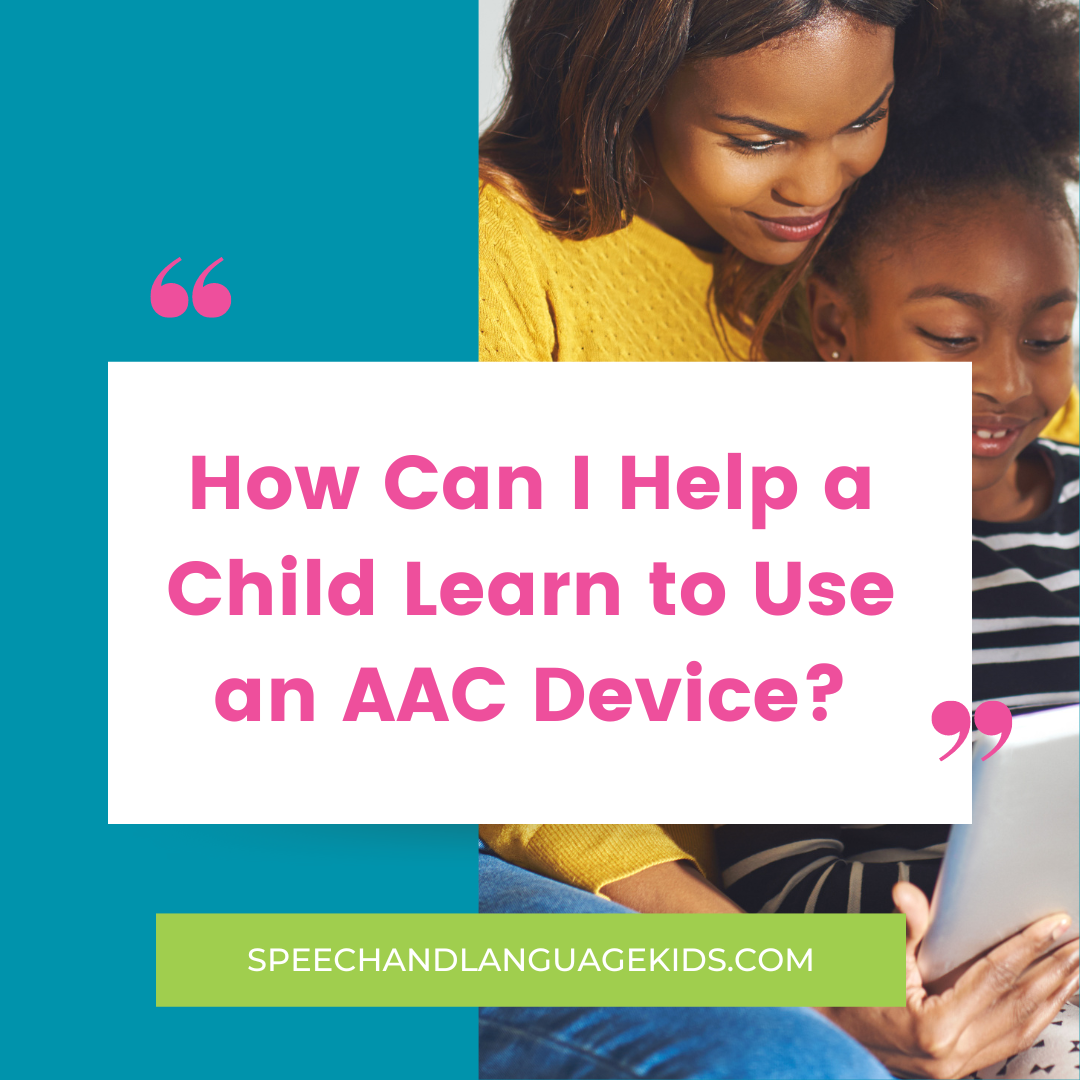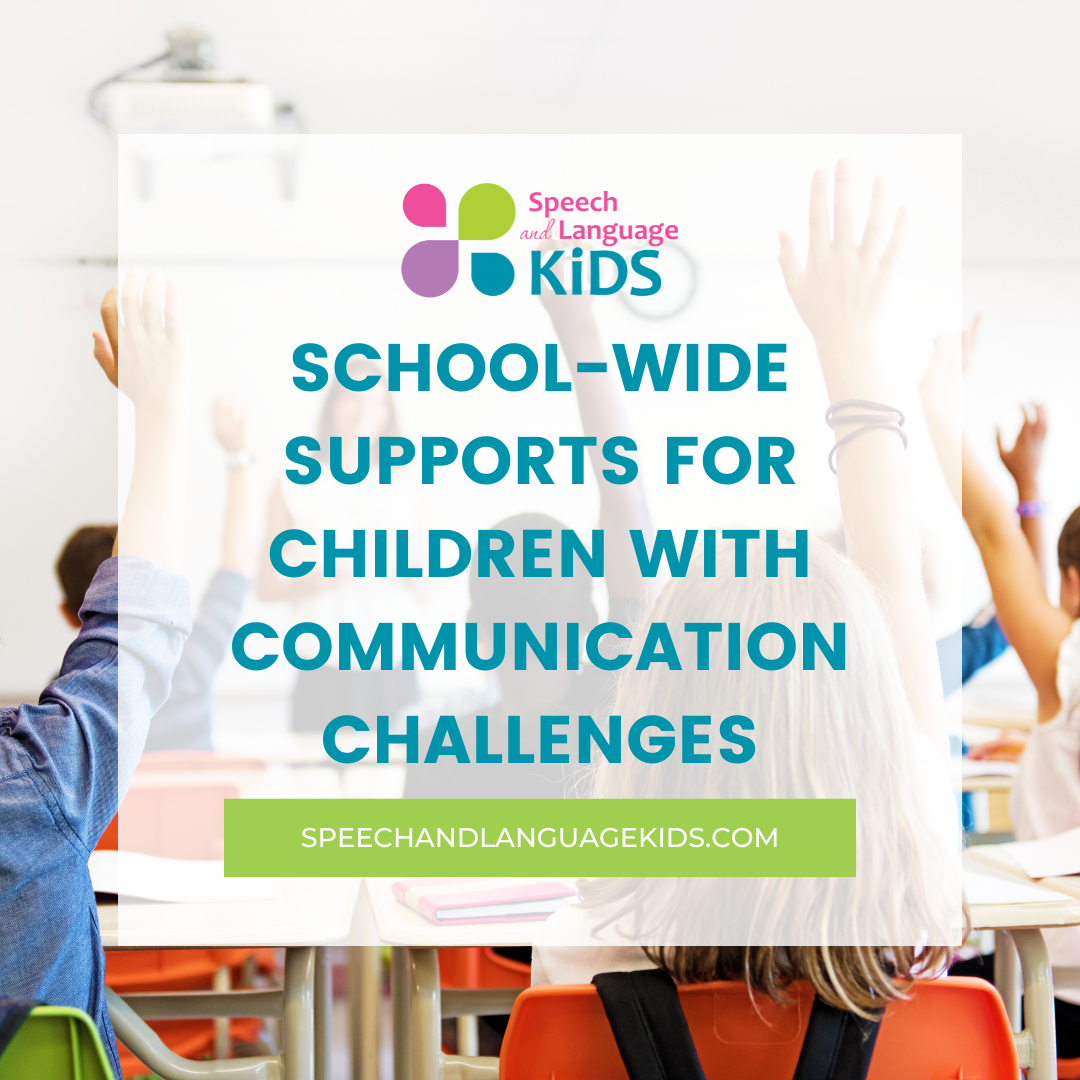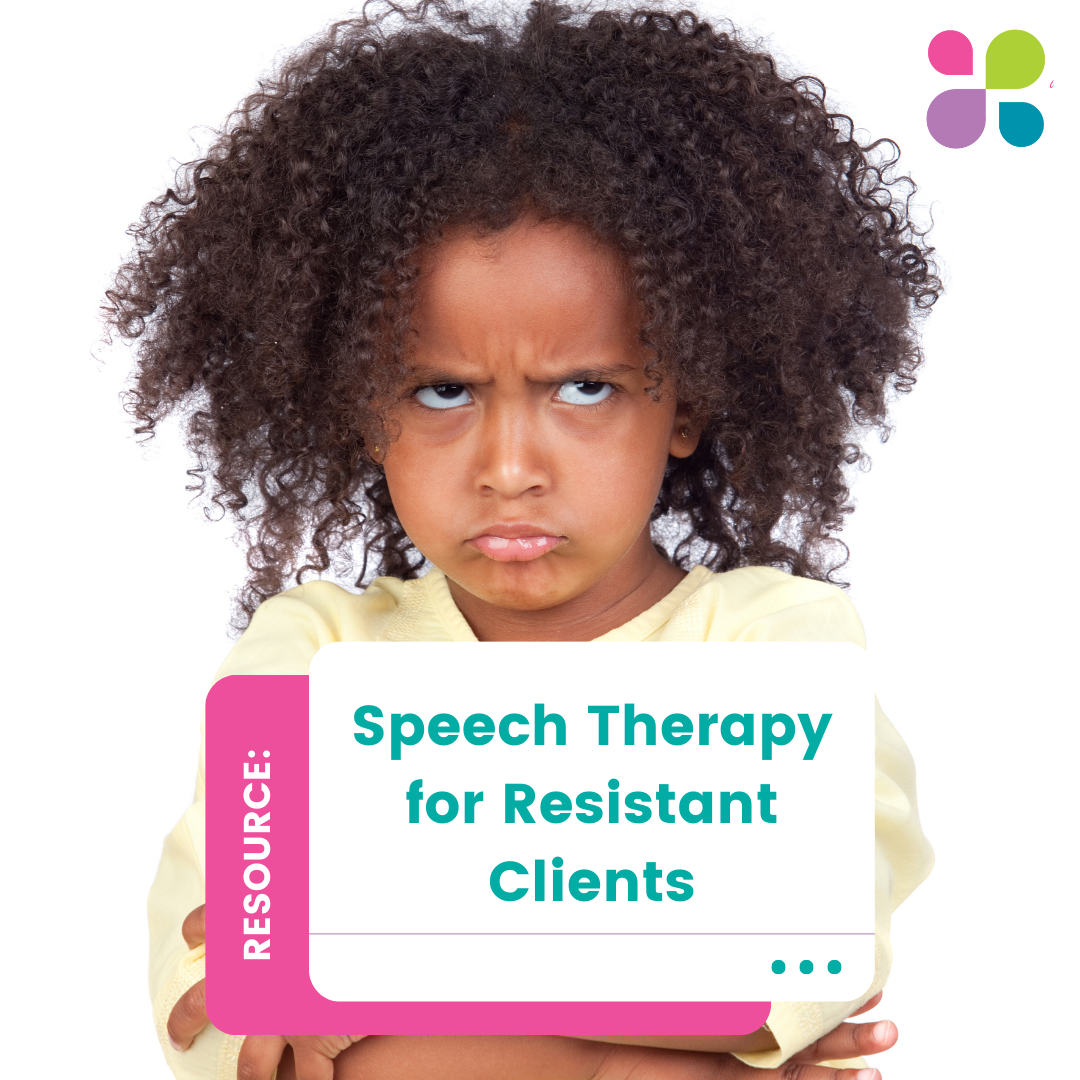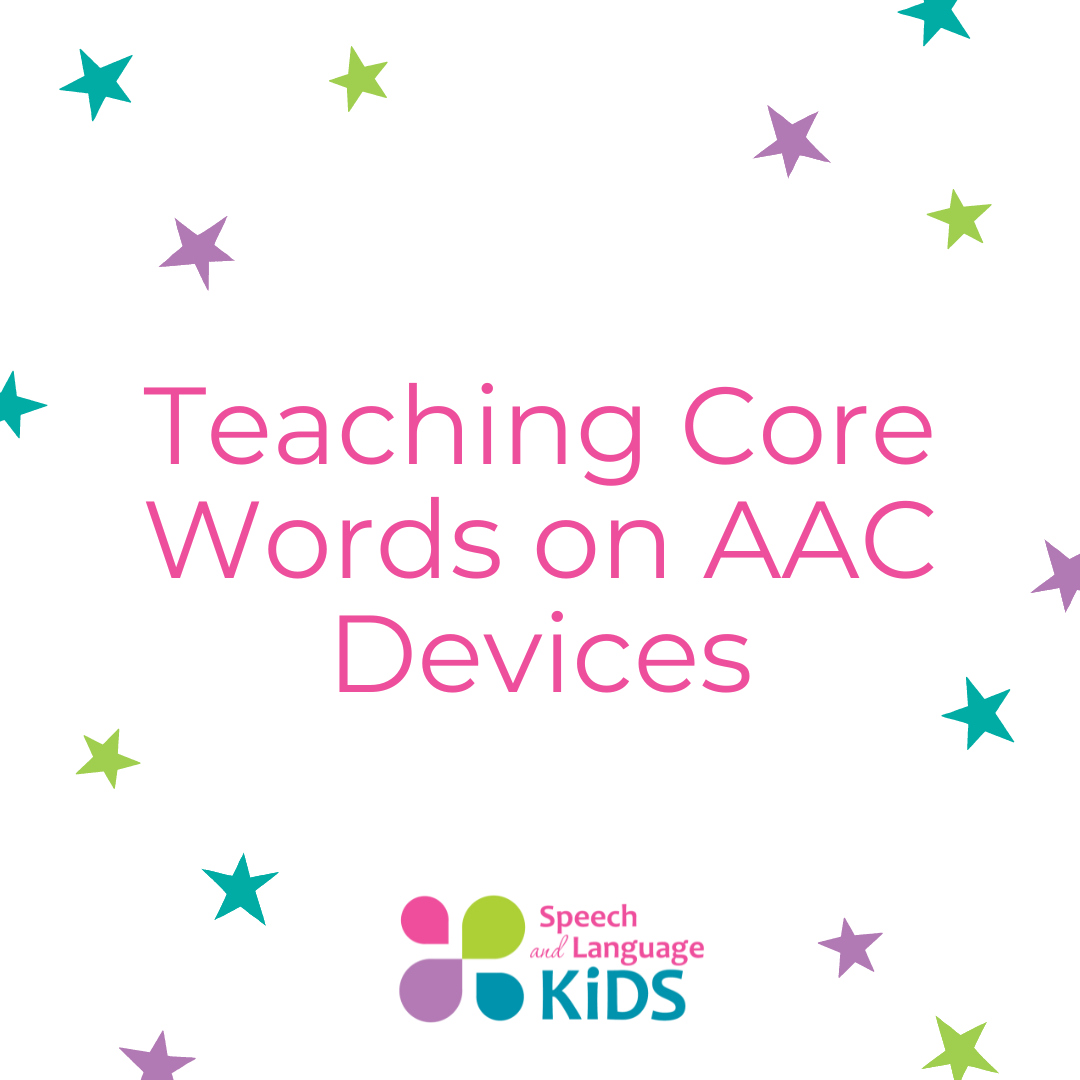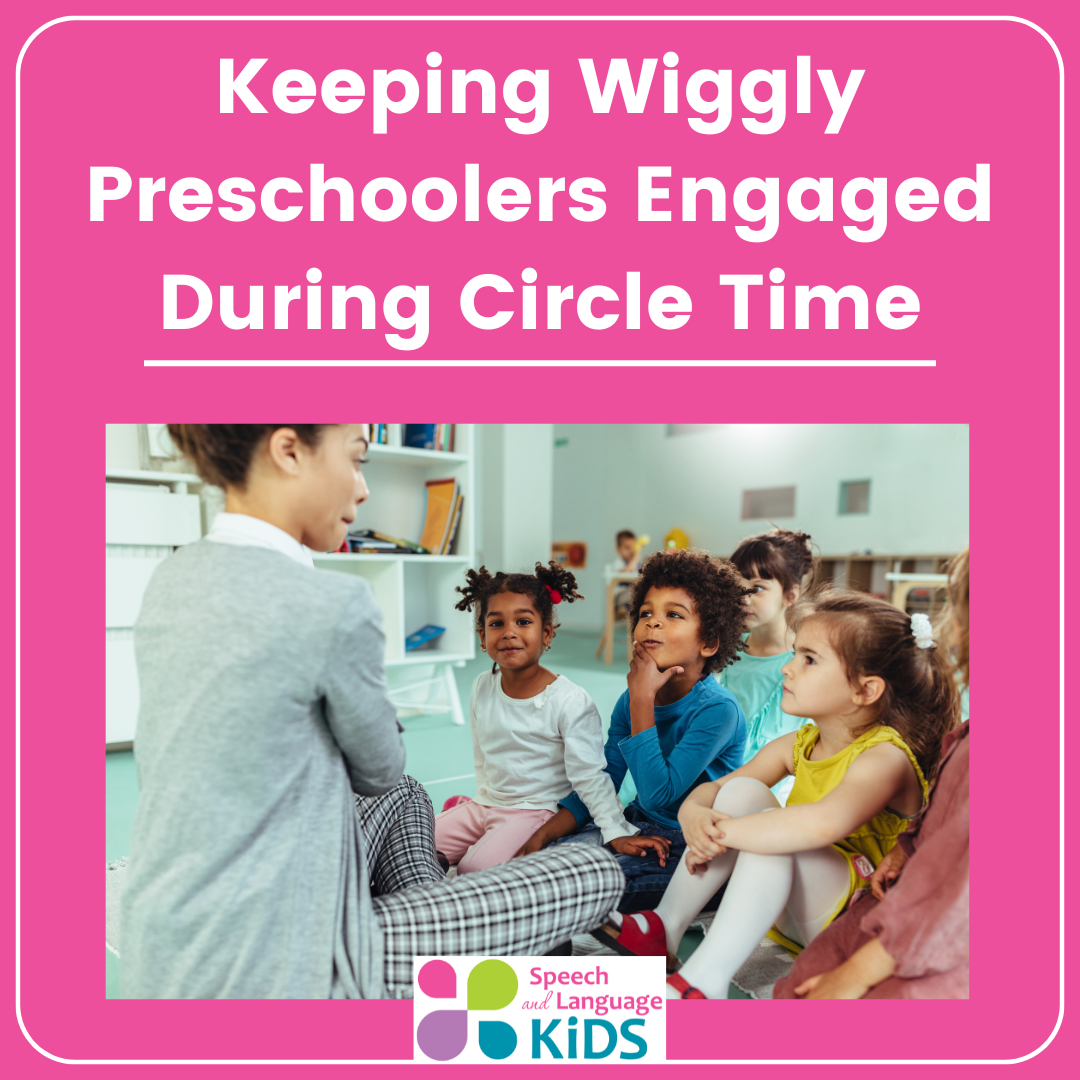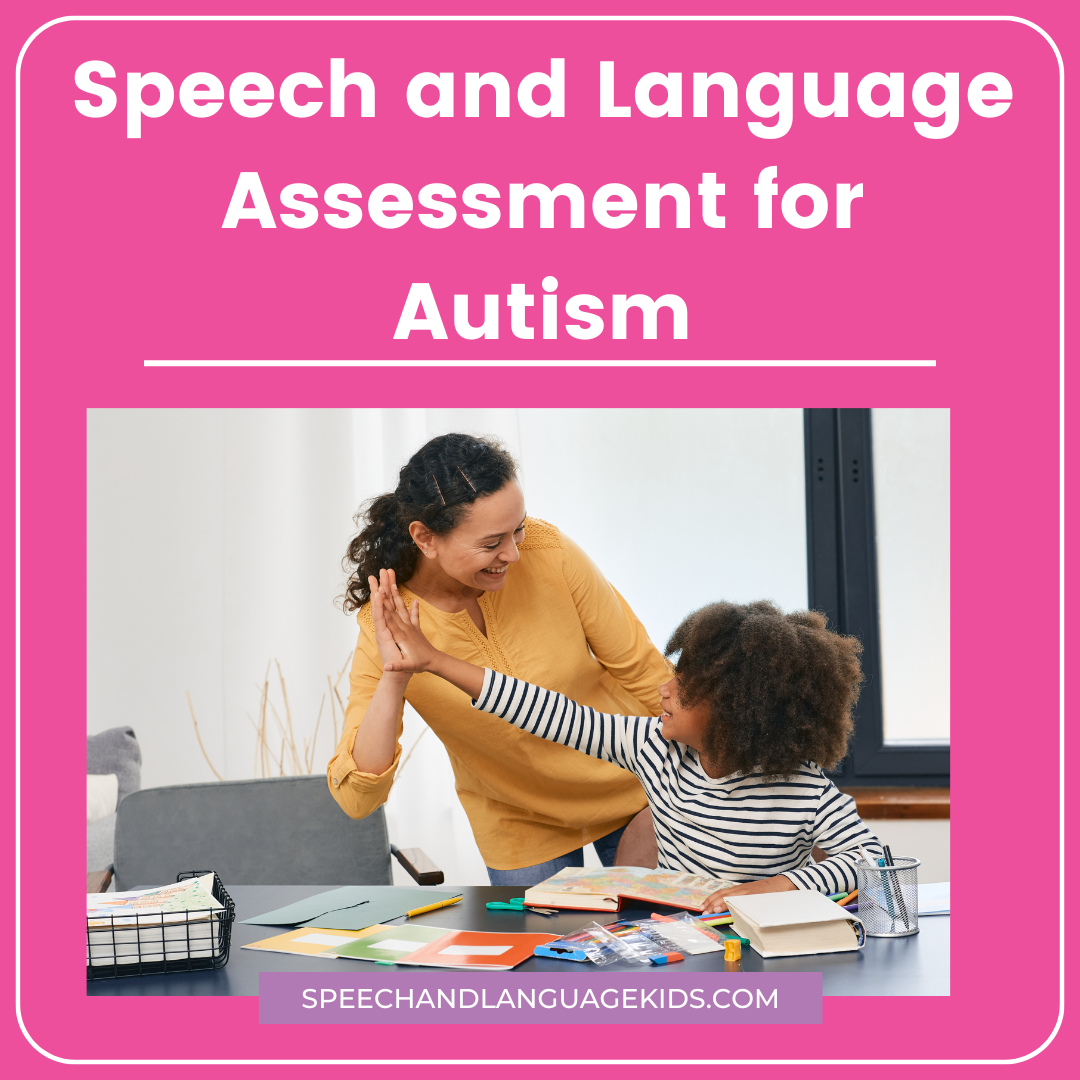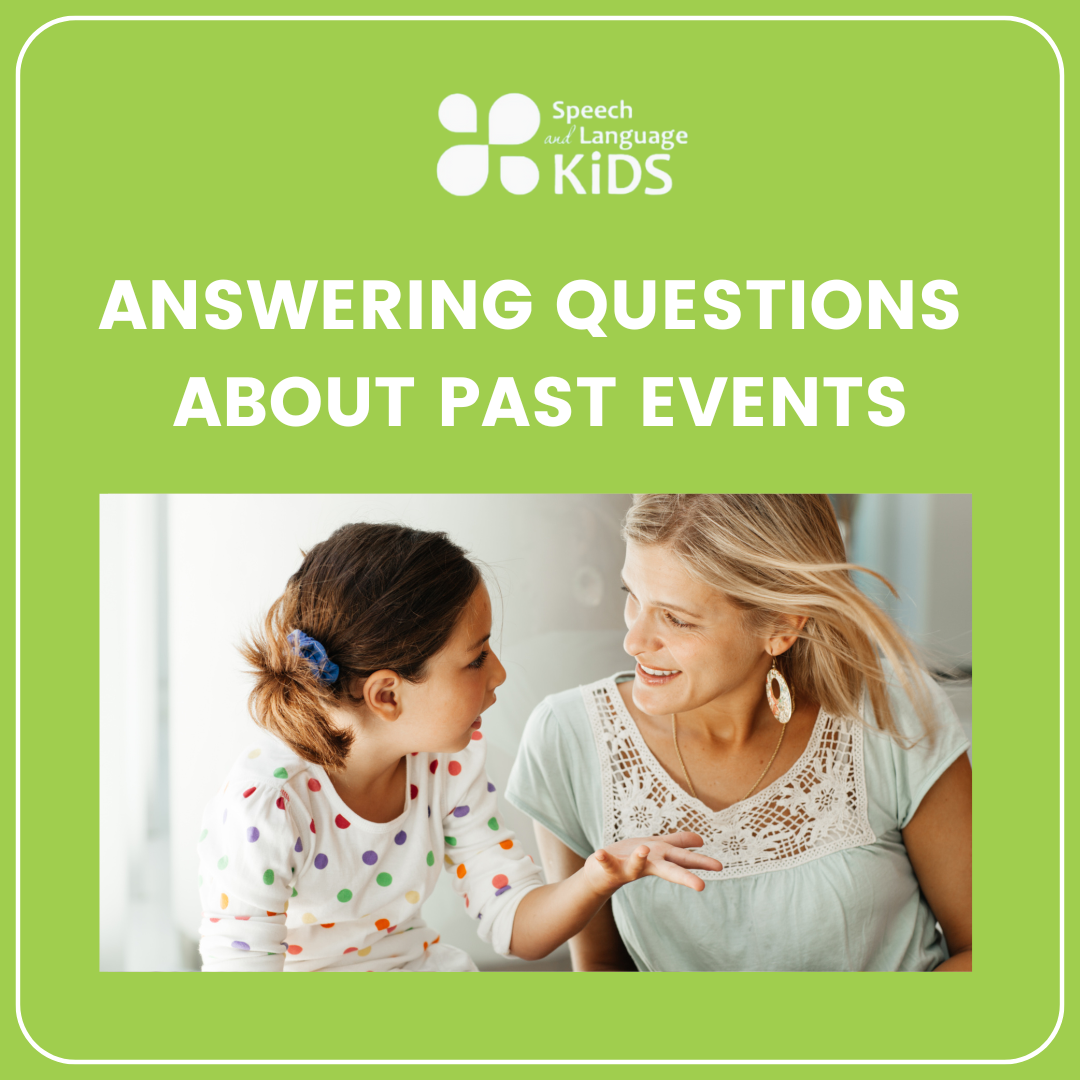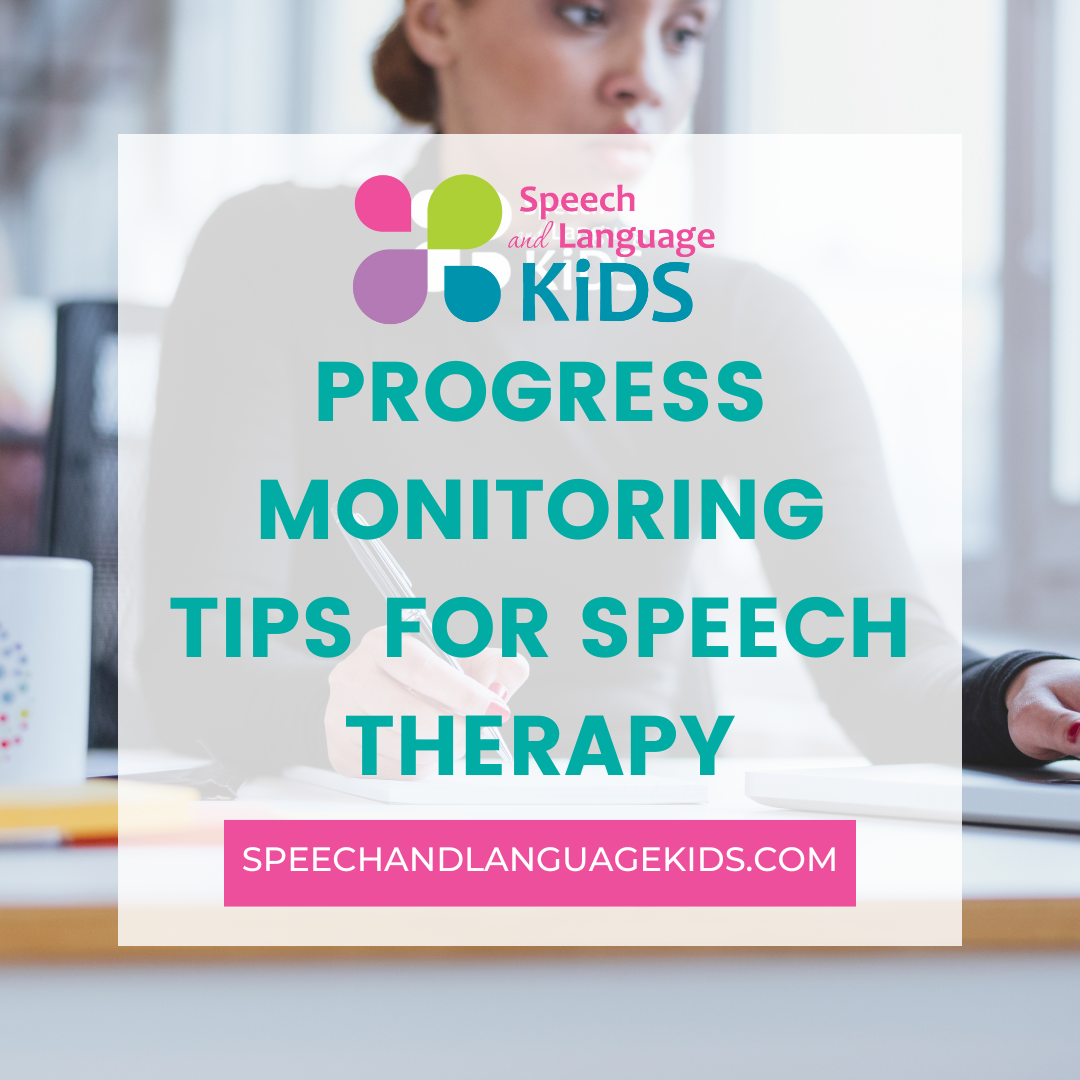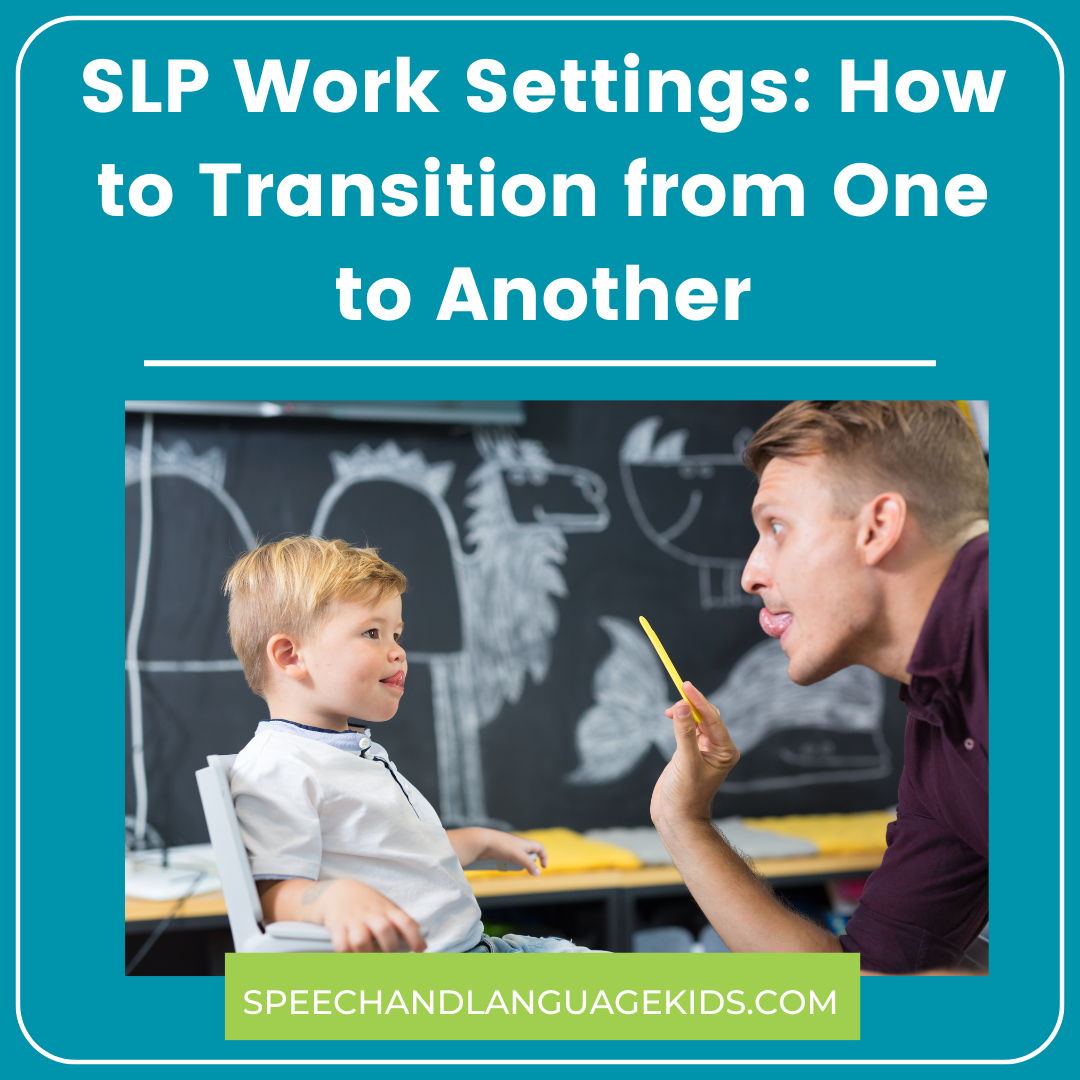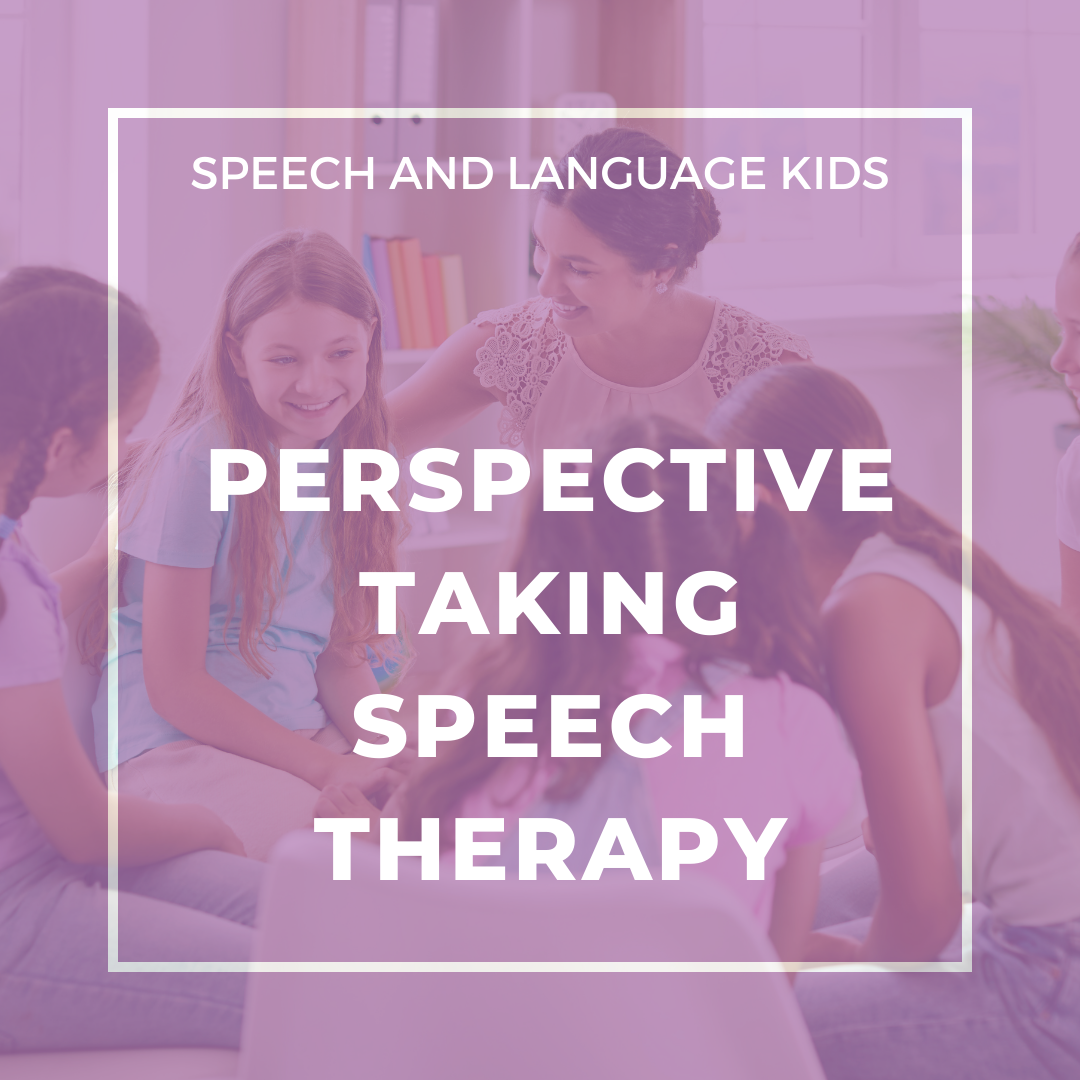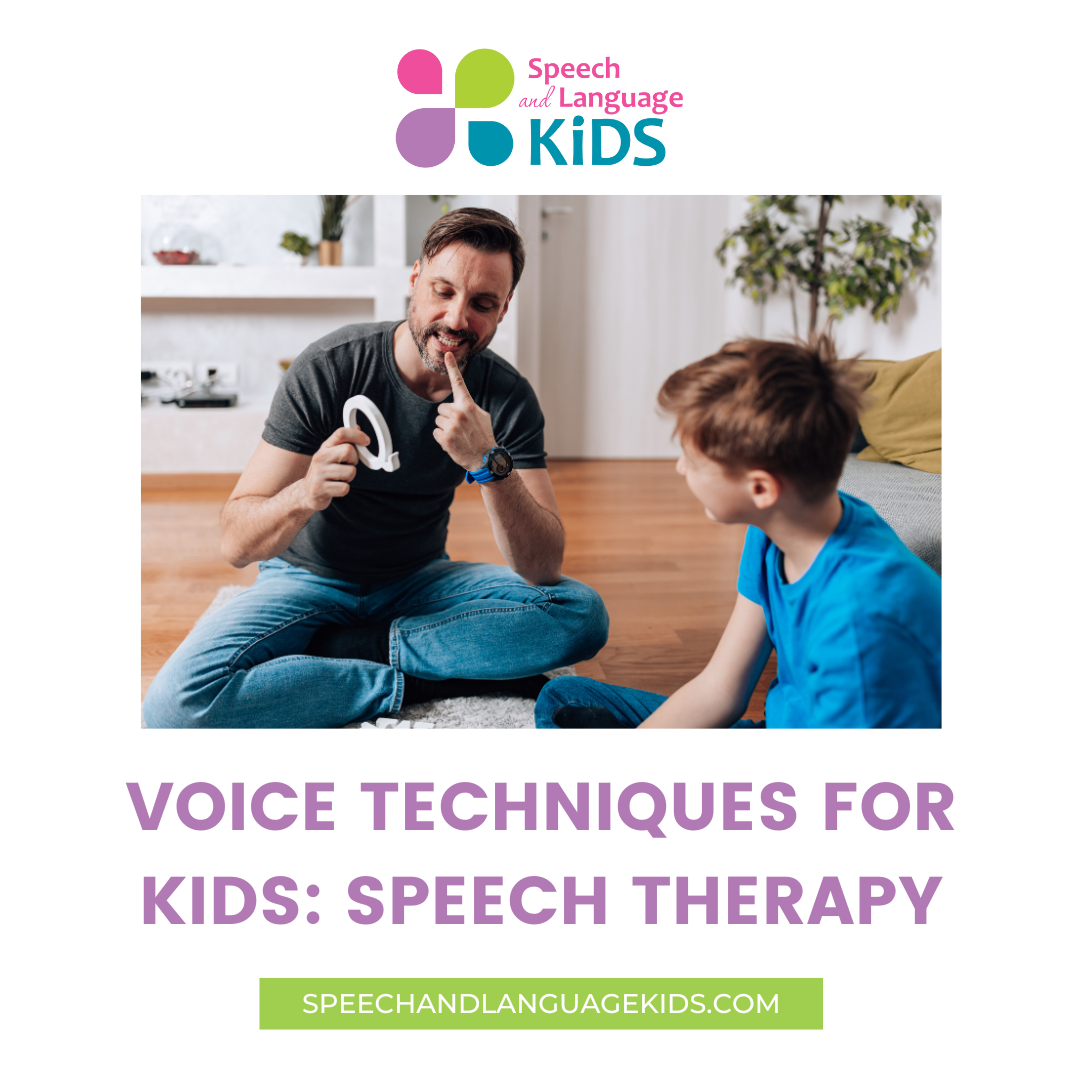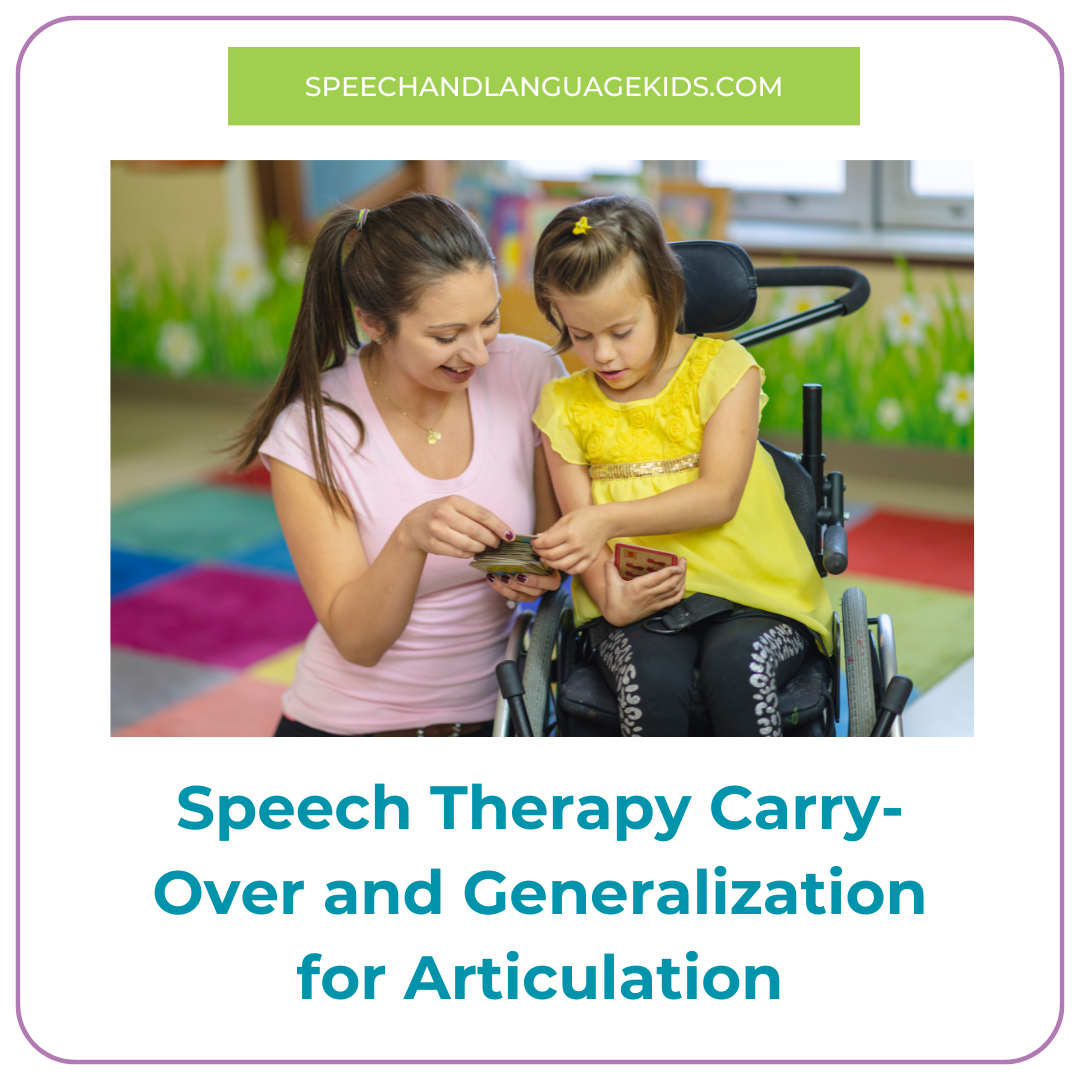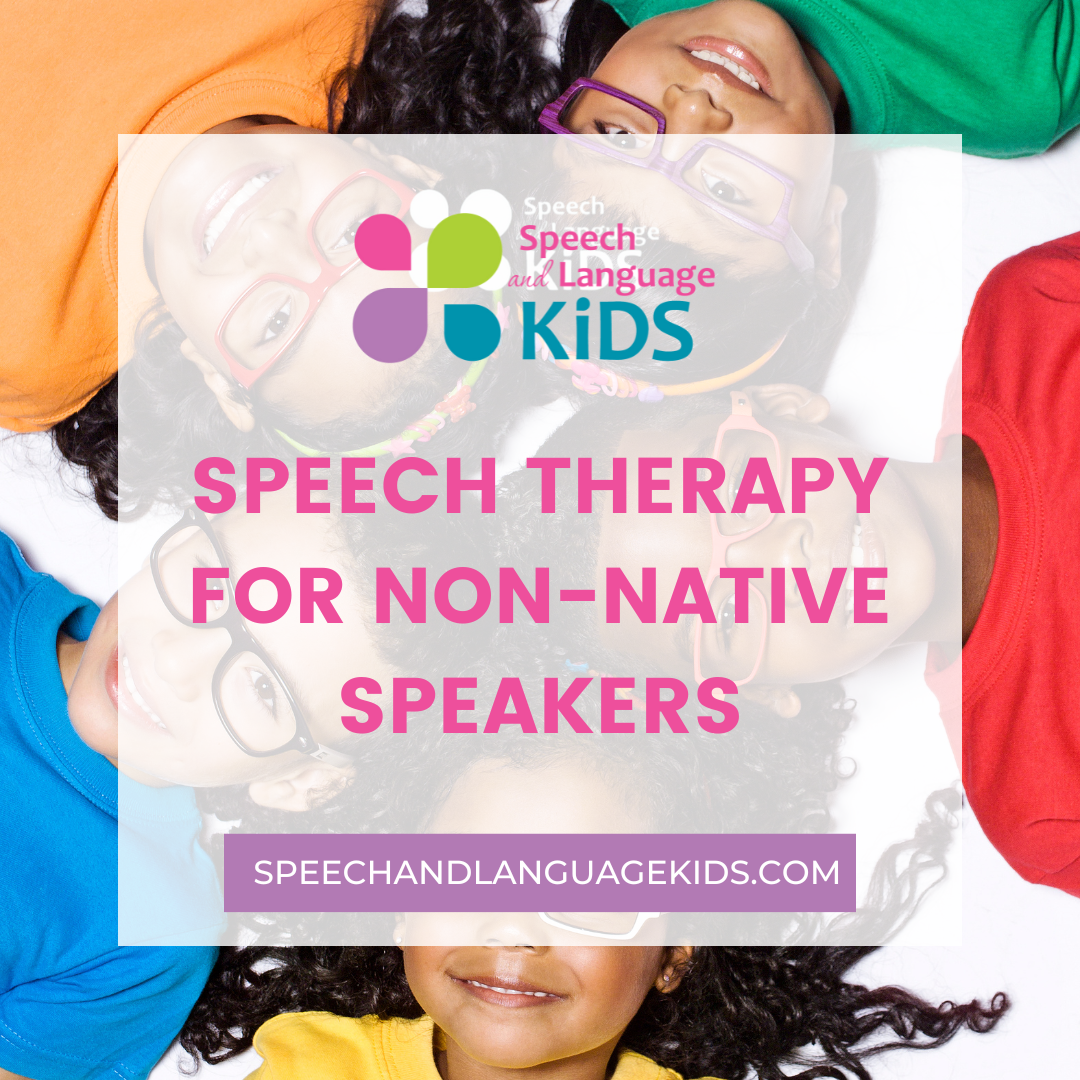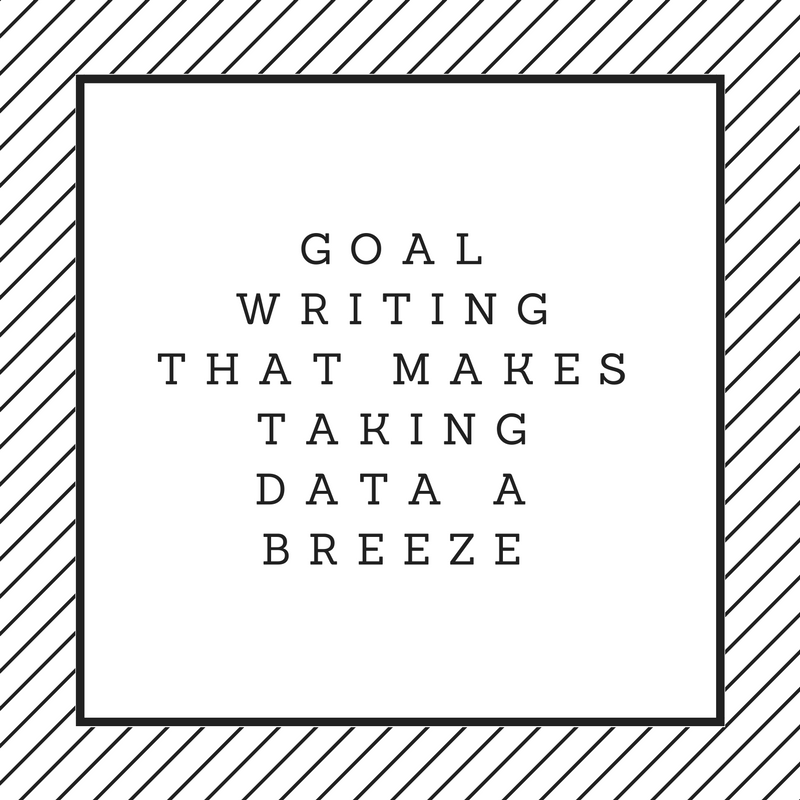What is Functional Communication?
Functional communication refers to the most basic of communication skills. This type of communication gets one’s basic wants and needs known, such as “I want that”, “I am hurt”, or “I need to use the bathroom”. These are not complex thoughts and they are often the first types of messages that children begin to communicate.
For most children, functional communication begins to emerge in the first year of life with gestures and is expanded on in the following years with words and later, simple sentences. However, for children with speech and language delays, including those with autism, this may happen much later. Children with significant language impairments may still be working on obtaining functional communication when they are much older.
Who Needs to Work on Functional Communication?
Any child who struggles to get his basic wants and needs met by communicating those needs to others would benefit from working on functional communication. This may be a child who is non-speaking (or who doesn’t speak yet) or who simply does not have enough words to get their message across. This may include children with autism or suspected childhood apraxia of speech. Sometimes, a child may have such poor speech production that they are trying to speak but cannot be understood. These children also need to be taught to use a functional communication system of some kind to reduce frustration and provide them an alternative means of communicating.
Functional Communication Goals for Autism and Other Non-Speaking Children:
When writing functional communication goals, we want to consider the functional language skills that the child is either missing or that would expand his ability to communicate effectively with those around him. Each child’s communication needs will be different so there is no right or wrong order to address these skills. However, here is a list of potential functional communication skills that might be used as goals for a child with autism or another condition that causes delayed communication:
Receptive Language Functional Goals:
- Joint Attention: By the end of the IEP cycle, the client will demonstrate joint attention (e.g. looking, seeking response, taking turn, etc.) for 2 minutes with no more than 3 cues.
- Making Choices: The client will use language of any type (spoken speech, sign language, or augmentative/alternative communication such as a picture board or talker) to make a choice between two options with verbal prompts as needed on 80% of observed opportunities.
- Following Directions: By the end of the IEP cycle, the client will increase classroom participation by following in the classroom setting on 80% of observed opportunities with visual and verbal prompts as needed.
Expressive Language Functional Goals:
- Initiate Interactions: By the end of the IEP Cycle, the client will initiate interactions with another person by at least 3 times in a 30-minute therapy session.
- Increasing Communicative Functions: By the end of the IEP cycle, the client will improve functional communication by using any form of language (spoken language, sign language, or a communication device/system) to communicate at least three different communicative intents (see below**) per 30-minute speech/language therapy session, on 2/3 data days, as measured by observation by the therapist.** Communicative intents could include requesting, protesting, refusing, commenting, labeling, answering, describing, asking, calling attention (“look”), or using social forms (such as greetings and “thank you”)
- Imitation: By the end of the IEP cycle, the client will improve speech skills by imitating on at least 80% of observed opportunities with one repetition each time as needed.
- Answering Questions: By the end of the IEP cycle, the client will answer basic yes/no questions about his wants and needs (ex: “do you want this”) by shaking/nodding his head or using language to convey yes/no on at least 80% of observed opportunities with repetitions as needed.
- Replacing Challenging Behaviors: By the end of the IEP cycle, the client will use language to protest (using sign language, spoken language, or an AAC device) when he doesn’t want to do something while refraining from screaming and/or throwing things on 4 of 5 observed opportunities with visual and verbal reminders as needed.
Speech Therapy for Non-Speaking Children
Functional communication is best addressed by a speech-language pathologist. If your child is struggling to communicate his basic wants and needs, you should seek out a certified speech-language pathologist for assistance. Here are the steps that a speech-language pathologist or professional can follow to help a child improve functional communication skills.
Step 1: Decide How the Child will Communicate
The first step to improving functional communication is to determine how the child will communicate with those around them. Most adults in the world use a combination of spoken speech, gestures, and body language to communicate to one another. That is our means of communication. A child with a significant speech or language delay may have trouble with the spoken speech part of that. In this case, other means of communicating must be considered as appropriate alternatives.
The primary focus at this point is to give them SOME means of communication, regardless of what that is. It should be easy for the child to learn and use and easy for the adults around the child to understand. The key is to start somewhere and then we can work on refining the child’s communication to more sophisticated systems later.
Here is a list of different means of communication that may be appropriate for a child who is working on functional communication. These are arranged in a somewhat hierarchical order, meaning that the easiest methods are at the top and more sophisticated methods are at the bottom. A speech-language pathologist will be able to determine which is the most appropriate method for each child:
Methods of Communication for Non-Speaking Children (Types of AAC):
Gestures and Body Language:
The child can use gestures and body language to communicate what he wants and how he is feeling. The child may point to or reach for desired objects or lead an adult to what he wants. He may communicate his displeasure with something by frowning or slumping and may communicate joy through smiles and laughter. This is the most basic form of communication and it should most definitely be acknowledged for this children so they don’t feel like they are trapped with no means of communicating. You can say things like “Your body is telling me that you are mad. I’m so sorry that you can’t….”
Sign Language:
Children who are unable to speak can often use simple signs to communicate their basic wants and needs. These will need to be taught to the child and the adults that will be communicating with that child. Here are some resources for using sign language with children:
How to Use Sign Language for Children with Language Delays
Sign Language Flash Cards
Picture Exchange Communication System (PECS):
This is another alternative means of communication that allows a child to communicate using pictures of what he wants. You can learn more about PECS below:
How to Use PECS to Help a Non-Verbal Child Communicate
Communication Board:
A communication board is a simple alternative/augmentative communication (AAC) device where pictures of things the child may want to communicate are placed on a board and the child is asked to point to the picture of what he wants. Here is an example of a simple communication board you can make at home:
How to Make a Communication Board out of a Cookie Sheet
Voice-Output Device:
There are many devices out there (and now apps) that will help a child communicate by speaking a message when they push a button. These types of devices can store many different words and messages so they offer a greater variety of options for the child. These devices may take longer for a child to learn but they can grow to meet the child’s linguistic needs as he or she gets older. Here are some resources on using voice-output devices or apps:
How to teach children to use AAC Devices
AAC Apps Review
Spoken Speech:
Obviously, this is what we hope to achieve with every child but as we mentioned before, sometimes children need some steps in between to help them get to spoken speech. These alternative methods of communication will provide that bridge.
Step 2: Choose New Words to Teach for Functional Communication
Once you have chosen an appropriate means of communication for a child, you will then want to teach him or her to use that means to communicate.
If the child is not communicating much yet, you will want to start by teaching just one or two concepts. Choose things that are highly motivating to the child, such as a favorite food or toy, or a social interaction that the child really enjoys, such as tickling, bouncing, or swinging.
You can use the goal ideas above (in the pink box) to help you decide which functional communication skills are best to target. That will help you decide which words to choose.
Step 3: Model New Words for Functional Communication
Now that you have chosen a word, you will want to model it for him or her as much as possible. Say the word for the child over and over again. Use the word in a variety of different contexts, such as during different activities or times of the day. Say the word by itself many times and then in two-word combinations as well to show how it can be used.
While you are saying the word, you should also be demonstrating the way that you are expecting the child to use the word. For example, if you want the child to sign the word, then you should sign and say the word at the same time. Or, if you have a voice-output device for the child to use, you should say the word while you push the button on the talker.
You should say and model the word MANY, MANY times for the child before you ever expect him to say/sign/push it. Children need to hear things many times to learn them and children with language delays take even longer. Be patient!
Step 4: Provide Communication Temptations to Say the Word
Now that the child has been exposed to the word over and over again, you should start setting up temptations that will encourage the child to use the word. For example, put that item high up on a shelf so that they child can see it but not reach it.
When the child reaches or points for it, look confused and say “what? What do you want?”. Give the child wait time to see if he will say/sign/push it by himself. Try counting to 10 in your head so you know you’ve waited long enough.
After you’ve given some wait time, model the word for the child as a question. Ask “do you want the ball? Ball?”. Make sure you use the means of communication that you want the child to use while you say it, such as signing or pointing to the picture. Then, count to 10 in your head again. Wait time is key.
If the child still doesn’t say/sign/push/point to the word, go ahead and model the word for the child again and then give it to him. You don’t want to frustrate him too much and you want to acknowledge that the child communicated by pointing or gesturing for what he wanted.
Step 5: Be Patient
These are the basic steps to teaching functional communication. You simply need to keep doing this until the child is able to use that method of communication. If you’ve done this for a while on a certain word with no luck, try a different word and come back to this one. Just keep trying, eventually he may be ready to communicate to you. As the child has more and more success, you can expand the types of communication skills that he is using to communicate with those around him.
Additional Resources for Functional Communication:
What About Speech Sounds? When Do You Work On Those?
If you are working with a child who tries to speak but is unable to be understood due to significant speech errors, you should most definitely be working on those speech sounds while you work on achieving some functional communication. However, sometimes we need to work on other skills, such as imitating actions, before the child is ready to work on speech sounds. Here is some information on teaching speech sounds:
Will Using an Alternative Means of Communication Prevent a Child from Speaking?
After reviewing all of the current research on augmentative and alternative communication (AAC) in 2006, Millar, D. C., Light, J. C., et al. made the following statement about using AAC:
“The present research review provides important preliminary evidence that augmentative and alternative communication interventions do not inhibit speech production; instead, AAC may also support speech production”
Challenging Behaviors and Non-Speaking Children
Many non-speaking have challenging behaviors. This is because they know that they want to communicate with those around them but they are unable to do so as effectively as they would like. This leads to frustration when they are trying to communicate but are not understood. This frustration can lead to tantrums and melt-downs, especially for younger children who don’t have good coping strategies yet. Here are a few links that will help you deal with those unwanted behaviors in your child with CAS:
How to Deal with Challenging Behaviors: An actionable guide on how to extinguish challenging behaviors
Selective Mutism
Selective mutism is when a child has the ability to speak and will speak in at least one setting (usually home) but refuses to speak in another setting (usually school and/or in public). Treatment for selective mutism is very different from treatment for other speech and language delays. To find out more about selective mutism, click the link below:
Free Therapy Materials for Functional Communication:
Check out the freebies that we have inside our Free Therapy Material Library!
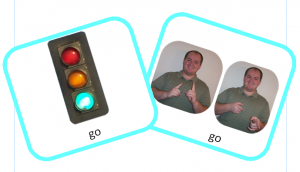
Sign Language Flashcards
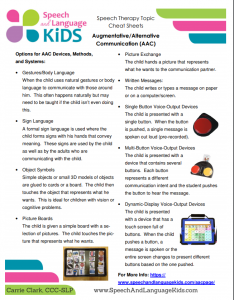
AAC Cheat Sheet
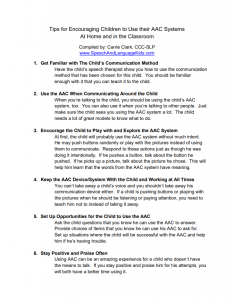
6 Tips for Encouraging a Child to Use their AAC Device
Browse all Resources for Functional Communication

About the Author: Carrie Clark, MA CCC-SLP
Hi, I’m Carrie! I’m a speech-language pathologist from Columbia, Missouri, USA. I’ve worked with children and teenagers of all ages in schools, preschools, and even my own private practice. I love digging through the research on speech and language topics and breaking it down into step-by-step plans for my followers.
Fun Fact: I have a small team of people that work part time for me with Speech and Language Kids. They each have a specific role such as graphic design, tech support, and administrative support. I wouldn’t be able to make it without my admin team because I’m GREAT at making plans, coming up with ideas, and even writing out procedures for how those ideas should be carried out. And then I’m TERRIBLE at carry-through. My team takes my ideas and runs with them, which frees me up to do the thing I love most, which is creating and thinking of new ways to help all of you!
Connect with Me:

